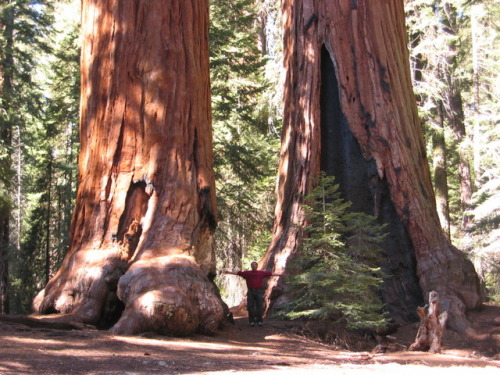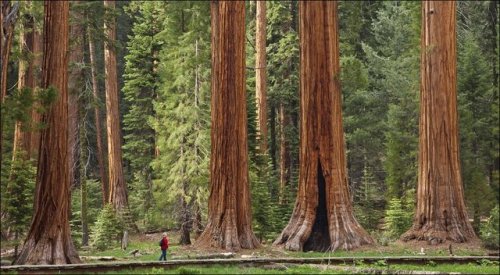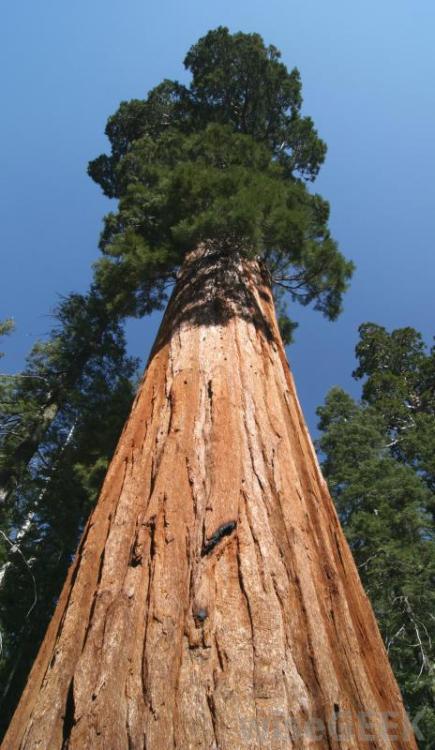16 Facts about Giant Sequoia Trees.1. Giant sequoias have very specific climate requirements, so s
16 Facts about Giant Sequoia Trees. 1. Giant sequoias have very specific climate requirements, so specific that they grow naturally only in a narrow 260-mile strip of mixed conifer forest on the western slopes of the Sierra Nevada mountains, primarily between 5,000 and 7,000 feet in elevation. 2. They can live up to 3,000 years. 3. They can have branches up to 8 feet in diameter. 4. Their bark can grow up to 3 feet thick. 5. Although sequoias were logged in the 1870s, their brittle wood does not make for good lumber; now, thankfully, most of the giant sequoia groves are protected. 6. The largest of the sequoias are as tall as an average 26-story building. 7. A few rare giant sequoias have grown taller than 300 feet, but it is the sequoia’s giant girth that sets it apart. They are usually more than 20 feet in diameter and up to 35 feet across. It would take six people stretched out head-to-toe to match this width. 8. While the tallest tree in the world is the Hyperion Tree, a coastal redwood measuring in at a stunning 379.1 feet tall, the largest tree in the world by volume is the General Sherman, above, a giant sequoia, boasting a total of 52,508 cubic feet. 9. General Sherman is not only the largest living tree, but the largest living organism, by volume, on the planet. At 2,100 years old, it weighs 2.7 million pounds, is 275 feet tall and has a 102-foot circumference at the ground. It has branches that are almost 7 feet in diameter. 10. The General Grant Tree is the second largest tree by volume with 46,608 cubic feet. 11. The third largest tree by volume is the President; it has a whopping two billion leaves. Incredibly, this grand old granddaddy is 3,240 years old, give or take a few decades. 12. Giant sequoias are the third longest-lived tree species, the only older trees are are bristlecone pines, the oldest one being nearly 5,000 years old, and Alerce trees (Fitzroya cupressoides). 13. They are incredibly hardy; they resist fungal rot, wood-boring beetles and their thick bark is flame resistant; they owe all of this unusual strength to the presence of tannic acids. 14. Their hardiness, age and size are all connected. Because they are so tough they grow old; they have their age to thank for their size because unlike mammals, they just keep growing and growing as they get older. 15. Giant sequoias only reproduce by seeds which sometimes remain in the cone for 20 years. Forest fires help open the cones which then grow from the burnt, bare soil. 16. The reproductive success of these grand trees requires something incredible: Each tree needs to produce just one maturing offspring over its lifespan of several thousand years for the species to persist. -- source link
Tumblr Blog : myencephalonjourneys.tumblr.com
#sequoia trees


